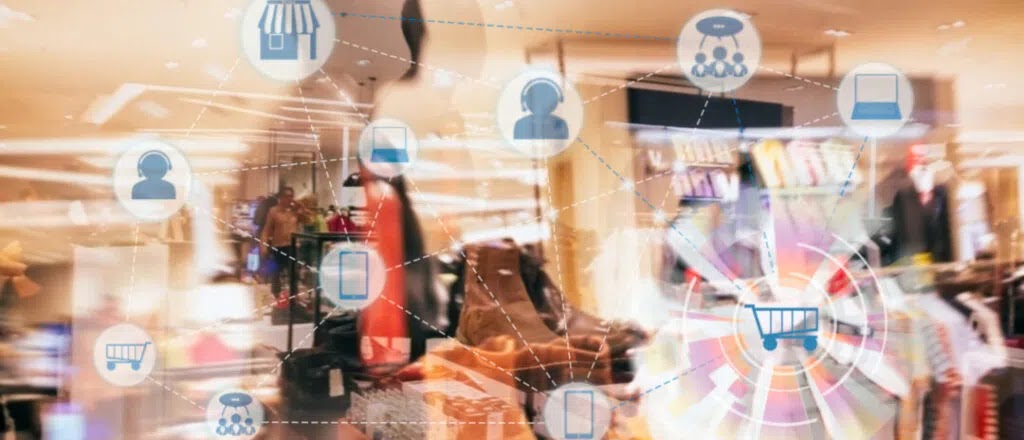Why Retailers and CPG companies must upscale after the Pandemic
It has been a
revelation time for the CPG industry and consumers. Just as panic buying for items
like thermometers, toilet papers, bottled water, and hand sanitizer exposed a side we didn’t know, who would have thought that – Retail and CPG companies
– would be the ones to lead the change and deliver on customer expectations. After
all, as a 2020 McKinsey’s industry study reports, 40% of CPG firms with digital and analytics investments have gained
returns just above the cost of capital.
With
the onslaught of the pandemic, the digital transformation curve in Retail and
CPG segments began to register an epic climb. From $500M in 2021, CPG
manufacturers increased their data and analytics services spending to $4B in 2030. The floodgates opened as Retail and CPG firms quickly adapted to consumer
sentiment, digitalization, online ordering, and new delivery methods like
buy-online-pickup-in-store (BOPIS) and curbside pickups.
While
the two industries became the first responders in the pandemic, their legacy
systems, processes, and capabilities have time and again hindered their
opportunity to keep on reinventing and reimagining themselves. So, as CEOs of
prominent CPG companies acknowledge the need to embrace and operate from a higher
sense of purpose, often their organizations report a lack of skilled resources,
out-of-date software models, and inadequate IT infrastructure. Undoubtedly, digitalization
has given them the courage to surge ahead in the uncharted future, but there is
work to do: especially linking clear strategic vision to their actions.
Why must digital
transformation occupy the center in Retail and CPG’s future strategy?
1. Leading with a purpose: The pandemic revealed compulsions to shop in sustainable ways. Rather than wait for governments to make big-step changes, consumers promote retailers that help them ‘shop for values.’ Along with organic products, fair trade, conscious commerce, and recyclables going up, retailers and CPGs scrutinize the brands allowed on their platforms. A case in point is the online marketplace for premium sustainable goods - Hive. CPG ecopreneurs understand how aligning their business models to current thinking (around conscious commerce) relies heavily on data and analytics practices. In 2022, the critical CPG metrics of productivity, agility, speed to market, and customization will see a new entrant - purpose. From operations to product design, the brand purpose for CPGs must be embedded into the end-to-end business.
2. Redefining customer value: A clutch of consumer trends emerged in late 2021. Millennial spending rocketed, social media made for the new shopping window as omnichannel spending rose, loyalty shake-ups escalated for retailers that reported stockouts, and consumers renewed engagement in out-of-home activities. CPG and retails brands experienced intense growth during the pandemic (more absolute growth in 2020 than in the four years of 2016 – 2019) because CPG companies and retailers managed the supply chain disruptions and the unprecedented demand volatility. However, for CPG’s to locate the new epicenters of consumption, they must realize the pandemic-triggered gravity shifts, namely, lifestyle shifts, work and leisure at home, relocation to non-urban spaces, and overall reduction to in-store shopping. Ultimately, customer value insights will fuel hyper-personalized product innovations.
5.
Customer
service reigns supreme: A study
details the four business models shaping the future of digital commerce, namely,
sharing, personalization, replenishment, and service. Regardless of the model,
the striking fact for retailers and CPGs remains the emphasis on customer
service. As CPG brands migrate to Direct-to-Consumer models (PepsiCo built an
end-to-end D2C system - Snacks.com - in less than four weeks), customer service
assumes higher significance. With more customers demanding custom relationships
with brands, nurturing customer experience is a game-changer. Also, with the
increasing volumes of cross-channel communications, CPGs and retailers must improve
their customer service expertise. Be it email, chat-bots, or social media, retailers
and their customer service advisors must not only respond to all queries but do
so with nuanced empathy in the COVID-affected environment.
Looking Forward
In today’s uncertain
economy, even as CPG business leaders study regional impacts, customer bases,
and segmental demands to firm up their growth strategies, the emphasis on
digital transformation (investments and advances) will not wane. The coming
months will throw up more success stories of data sciences meeting
fast-changing consumer demands, how CPGs and retailers are leveraging automation
for flawless execution, or even leaning on sales data analytics and machine
learning algorithms to circumvent market volatility.
The revelation period
for the CPGs and retailers is poised for some exciting twists and turns. Stay
tuned!
Source: https://www.information-age.com/supercharging-digital-transformation-in-cpg-sector-123499196/



Comments
Post a Comment